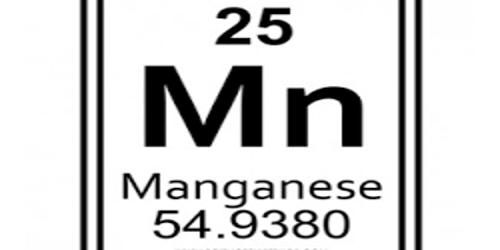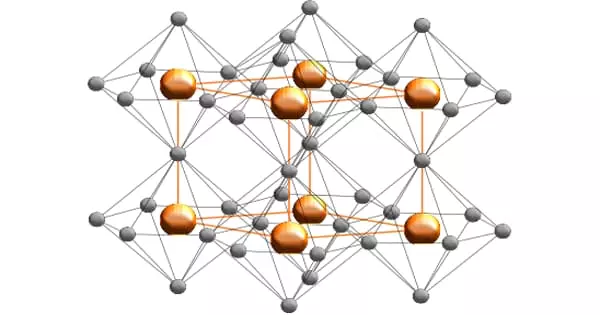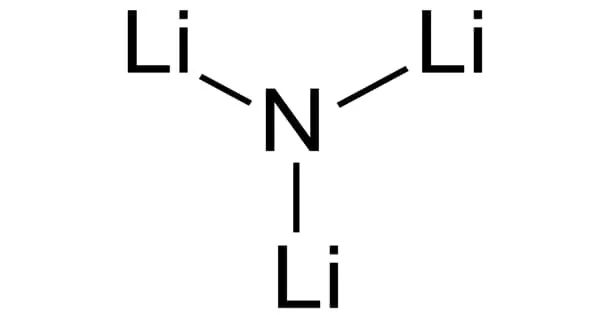Manganese is a chemical element with the symbol Mn and atomic number 25. It is a silvery-white, hard, brittle metals of Group 7 (VIIb) of the periodic table. It is not found as a free element in nature; it is often found in minerals in combination with iron. It combined with other elements is widely distributed in Earth’s crust. Manganese ores are primarily produced by Australia, South Africa, China, Gabon, and Brazil. Manganese is a transition metal with a multifaceted array of industrial alloy uses, particularly in stainless steel.
Properties
- atomic number: 25
- atomic weight: 54.938
- melting point: 1,246 °C (2,275 °F)
- boiling point: 2,062 °C (3,744 °F)
- density: 7.21–7.44 gram/cm3 at 20 °C (68 °F)
- oxidation states: +2, +3, +4, +5, +6, +7
The melting point of manganese is 1,245°C (2,273°F) and its boiling point is about 2,100°C (3,800°F). Its density is 7.47 grams per cubic centimeter.
Manganese is a very common compound that can be found everywhere on earth. Historically, it is named for pyrolusite and other black minerals from the region of Magnesia in Greece, which also gave its name to magnesium and the iron ore magnetite. By the mid-18th century, Swedish-German chemist Carl Wilhelm Scheele had used pyrolusite to produce chlorine. Scheele and others were aware that pyrolusite (now known to be manganese dioxide) contained a new element, but they were unable to isolate it. Johan Gottlieb Gahn was the first to isolate an impure sample of manganese metal in 1774, which he did by reducing the dioxide with carbon. It is reactive when pure, and as a powder, it will burn in oxygen, it reacts with water (it rusts like iron) and dissolves in dilute acids.
Because manganese is an essential element for human health shortages of manganese can also cause health effects. These are the following effects: Fatness, Blood clotting, Skin problems, Lowered cholesterol levels, Skeleton disorders, etc. It reacts slowly with cold water, but more rapidly with hot water or steam. It dissolves in most acids with the release of hydrogen gas.
Uses
- Although it is rarely used in pure form, manganese is essential to steelmaking. Manganese phosphating is used for rust and corrosion prevention on steel.
- It is used to produce a variety of important alloys and to deoxidize steel and desulfurize. It is also used in dry cell batteries.
- Manganese is essential to plant growth and is involved in the assimilation of nitrates in green plants and algae.
- Ionized manganese is used industrially as pigments of various colors, which depend on the oxidation state of the ions. The permanganates of alkali and alkaline earth metals are powerful oxidizers.
- Manganese dioxide is used as the cathode (electron acceptor) material in zinc-carbon and alkaline batteries.
- Lack of manganese causes testicular atrophy. An excess of this element in plants and animals is toxic.
- Manganese sulfate is used to make a fungicide. It is also used to make fertilizers and ceramics.
















